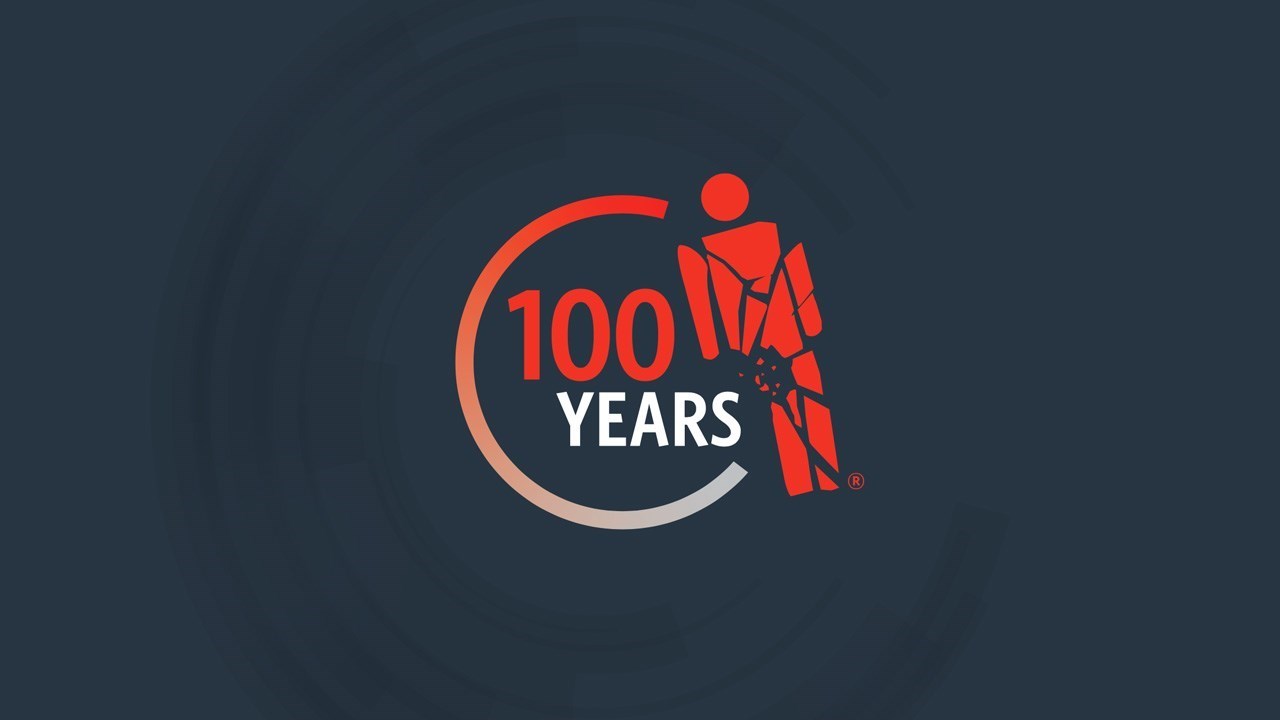Diversity in healthcare improves patient outcomes, mitigates healthcare disparities, and fosters scientific innovation.1-3 However, Blacks; Latinos; Native Americans; Native Hawaiians and Pacific Islanders; individuals who identify as lesbian, gay, bisexual, transgender, queer (LGBTQ+); and low-income people are disproportionately underrepresented in medicine (URiM).4 Lack of diversity is particularly evident among surgeons, resulting from underrepresentation and disproportionate attrition.5 Blacks, for example, represent 13% of the US population, yet account for only 8% of medical school applicants, 6% of matriculating medical students, 5% of surgical residents, and 2% of full professors of surgery.6 This trend in attrition is characterized as the “leaky surgical pipeline.”
The underrepresentation of minorities in surgery is multifactorial and the cumulative result of disproportionate challenges that candidates face. URiM students have less exposure to careers in medicine and role models.7-10 Standardized exams have racial bias and lack correlation to clinical performance.11 Socioeconomic factors, including access to study materials, contribute to gaps in academic achievement.12 In addition, implicit bias and microaggressions negatively influence feedback, interviews, and promotions.13,14
Several events in 2020, including the COVID-19 pandemic and the Black Lives Matter movement, forced our country to confront systemic racism in all aspects of society, including public health. Heightened awareness of our need to strengthen the healthcare workforce through increased diversity led to a national call to action to increase URiM representation. This national effort respects the importance of all aspects of diversity in the health professions across the domains of race/ethnicity, culture, gender identity, and sexual orientation.
New York Hospital Network Creates Multilevel Pipeline
The American College of Surgeons robustly responded to the call for achieving health equity through improved diversity in the surgical workforce by establishing the Diversity, Equity, Inclusion, and Anti-Racism Grant Program. The Weill Cornell Medicine (WCM)/New York Presbyterian (NYP) Hospital Network, NY, is proud to report on our use of this funding to support a multilevel pipeline program for prospective surgeons.
Pipeline programs have proven effective in supporting URiM students to enter their field of interest by mitigating attrition and increasing matriculation to medical school. Most pipeline programs focus on one educational level and customize programming with level-appropriate support. These programs can mitigate level-specific barriers, but the impact often is limited to one subgroup. Alternatively, multilevel pipeline programs have the potential for synergistic and longitudinal impact.
The WCM/NYP department of surgery established an Anti-Racism Committee (ARC) in October 2020, inclusive of surgical faculty and trainees from the Manhattan, Brooklyn, and Queens, NY, hospital campuses. Our surgical pipeline program includes targeted initiatives for four education and training levels, as well as a mentoring program that uses the concepts of intergenerational learning—a system in which knowledge, values, and practice cascade from one generation of health professionals to another.
Through a series of preprogram focus group discussions, we defined the barriers facing URiM high school students, undergraduate students, medical students, and surgical residents. Using a combination of level-specific interventions and programming focused on systemic barriers, this surgical pipeline program aims to increase the number of URiM surgeons while engaging mentors who can be paired with junior colleagues (See Figure 1).
Goals of the Program
The strategic aims for each level of student or trainee are:
Address URiM high school student barriers
URiM high school student barriers include lack of early exposure to careers in medicine/surgery, fewer learning opportunities, and lower self-efficacy.15 To increase exposure to careers in surgery at a young age, the ARC High School Pipeline Program highlights URiM role models in a webinar series, which focuses on paths to a career in surgery, tools to overcome barriers, and opportunities for high school students. Webinars are open to all URiM high school students and advertised widely.
Address URiM undergraduate student barriers
URiM undergraduate student barriers include sparse clinical opportunities and inadequate guidance.16 ARC implemented a 10-week surgery exposure and skills-based course providing resources for professional development, medical school application, and surgical exposure through a lecture series with supplemental online assignments. Topics included surgical subspecialties such as gender-affirming surgery, global surgery, journal club, Medical College Admission Test tips, professionalism, personal statements, and interview workshops.
Address URiM medical student barriers
URiM medical student barriers include inadequate surgical clerkship experience and few role models.16 URiM medical students will be offered visiting sub-internships with the program director or chair of the department to increase clinical exposure and evaluate their clinical abilities before they apply for residency. In addition, monthly networking events with medical students and residents will take place to foster mentorship.
Address URiM surgical resident barriers
URiM surgical resident barriers include few role models from similar backgrounds and decreased social and educational support.10,17 To improve the visibility of URiM role models and increase access to resources, URiM surgical residents will be supported to become members of national organizations, such as the Society of Black Academic Surgeons, Latino Surgical Society, National Medical Association, and Health Professionals Advancing LGBTQ+Equality. The program will support the costs of attending one national meeting annually for each resident to increase networking and social support.
Address common barriers through cascading surgical mentorship
URiM trainees at all levels of the pipeline have fewer mentors. All URiM students involved in ARC pipeline programs will be included in surgical mentorship families. Mentoring Cascade teams comprise URiM faculty, fellows, residents, and medical students, which allows for mentorship at every level of training and creates a cascade of relationships. The exchange of knowledge, values, and practice will help to foster strong surgical mentorship bonds.
The program’s impact will be measured by internal quality assessments and observational studies. Participants complete pre- and postprogram surveys, providing feedback and perspective. The program also collects longitudinal data on whether participants complete additional pipeline programs, matriculate to medical school, or apply to surgical residency. The program is monitored in real time through bimonthly assessments with the project leads and project administrator. Updates are reported at the bimonthly ARC meetings.
It is anticipated that this program will increase matriculation to medical school and surgical residency by fostering exposure to careers in surgery, development of surgical skills, and surgery-specific mentorship.


